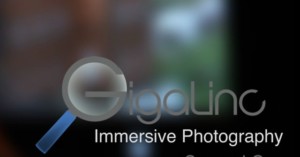
Explorer is a New Photo and Video Tripod Company
Explorer is a Australian-based photo and video accessory brand that is newly available in North America. It is debuting 12 products in its tripod range, all of which it says are designed by photographers, for photographers.







